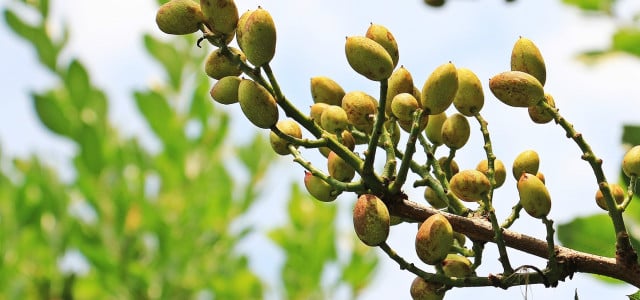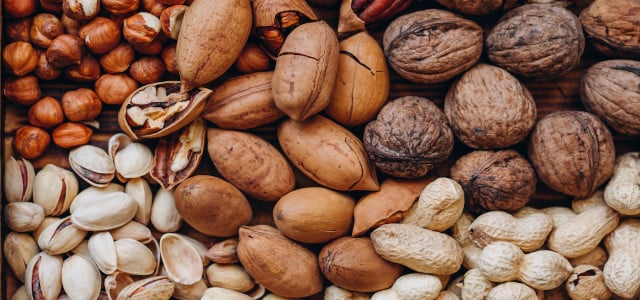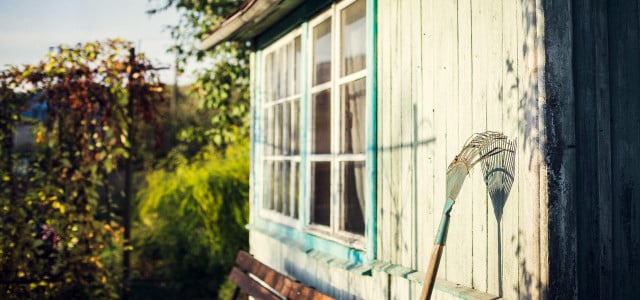Whether you’re new to gardening or an avid home gardener, growing pistachios can be a fun challenge. Read on to learn where to grow pistachios, and how to harvest and care for the trees.
Pistachios are a type of cashew that pair well with desserts or eaten as a snack. Depending on where you live, they can even be grown in your own backyard. Growing your own pistachios could leave you feeling more connected to the earth, as it can provide a food source for wildlife and yourself. Read on to see where you can grow pistachios outside in the US, and how to care for them.
Where Can You Grow Pistachios?
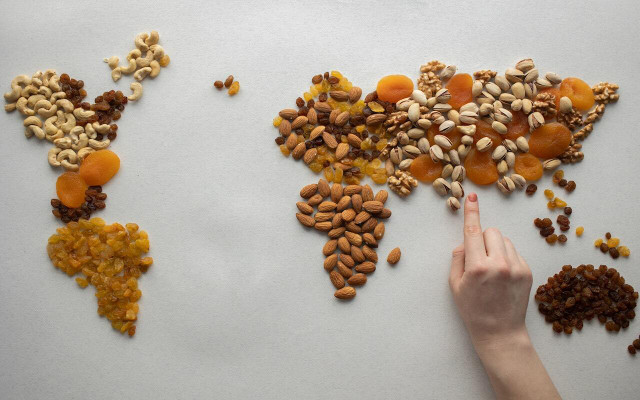


(Foto: CC0 Public Domain / Pexels / Monstera)
Pistachios benefit most when they grow places with long, hot summers and colder winters. As the pistachio originated in parts of the Middle-East and Asia, hot and dry places (like Arizona or California) do great for pistachio growth. Other hot places in the U.S., like Texas or Florida, have conditions for growing pistachios but may not produce much yield because of their short and warm winters or humidity. Here is a full list of U.S. states where you can grow pistachios outdoors:
- Arizona
- California
- Idaho
- Nevada
- New Mexico
- Utah
- Wyoming
If you don’t live in one of the above mentioned states, it can be difficult to grow pistachios at home. Even if you have a greenhouse, the hot and dry conditions are not easy to achieve – you’d need to regulate both the heat and humidity to match that of a semi-arid desert. If you want to grow pistachios inside you would need humidifiers and high heat, but be aware it takes years for pistachio trees to produce food.
Tip: Pistachios can take up to seven or eight years to produce and yield a high amount of nuts, and won’t be at peak performance until they’re nearly twenty years old.
How to Grow Pistachios
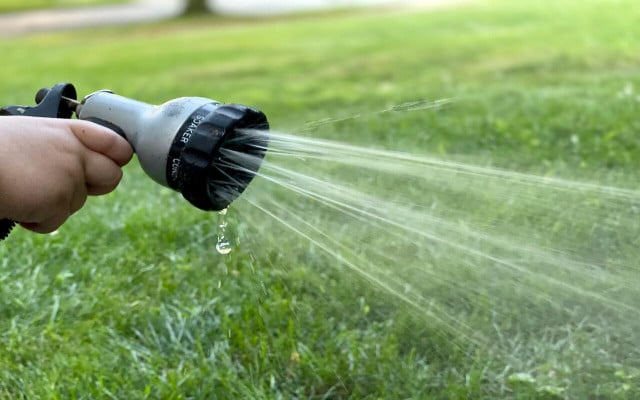


(Foto: CC0 Public Domain / Unsplash / Steve DiMatteo )
In states where pistachio production is high, you can find pistachio trees at local nurseries. You can purchase them at different stages in their growth and decide where you’d like to start.
To grow your pistachio tree, follow these steps:
- Germinate the pistachio seeds: Wrap the seeds in a damp towel in a bag with air holes and leave them for a week or until you see a small sprout. Or, simply leave the seeds in warm water for some days and then place in soil until it is still lightly exposed and leave for four weeks.
- Dig a hole/transplant: Dig a hole twice as long and wide as your seeds’ exposed roots.
- Fill with compost: Using organic compost, fill the hole with a mix of regular soil and a small amount of compost.
Pollination: It is absolutely necessary to plant at least two pistachio trees next to each other in order to produce nuts because they do not self-pollinate. Pistachio trees pollinate each other by being in close proximity and using the wind. Plant them within a few yards of each other to ensure pollination.
Caring for Pistachio Trees
A pistachio tree can take five to eight years to grow, and might not produce a good yield until 12 or 15 years. Taking care of it and dedicating time to your tree is key to its survival. Some tips for taking care of your tree include:
- Water: Pistachio trees need moderate amounts of watering. Water thoroughly and leave with dry soil for a couple of days, then water thoroughly again.
- Fertilizing: To avoid possible environmental problems, compost works best for fertilizing the tree. Add some compost around the roots two or three times a year.
- Diseases/Pests: A good way to prevent pests or disease is by mulching. Mulching is when you cover the soil surrounding your crop with mulch (pine-needles work as well). For a full list of possible diseases/pests and how to recognize them in your pistachio tree, check out this list.
- Pruning: When winter comes, it is necessary to remove dead and diseased branches, leaves, or things preventing the tree from growing. This includes branches crossing and intersecting, or two trees intersecting.
Harvesting Homegrown Pistachios



(Foto: CC0 / Pixabay / GioeleFazzeri)
After growing your tree, the time for harvest will eventually come. Patience, love, and bit of discipline will keep your tree healthy and produce pistachios. To get ripe and ready pistachios off of the tree, try creating motion to shake them off their branch and something to catch their fall. Tips include:
- Using a mallet
- Rubber hammer
- Mechanical shakers
- Lay down baskets or a sheet to collect any pistachios that fall
Once you have collected and peeled your pistachios, you can enjoy your harvest. Pistachios can be used to add a crunchy or flavorful element to many dishes, like as a topping for nice cream, in vegan Christmas cookies, or mixed into the batter of a Swedish chocolate cake.
Read more:
- How to Plant and Grow Peanuts at Home
- How to Grow Your Own Avocado Tree
- The 10 Most Walkable Cities in the US in 2022
Do you like this post?






